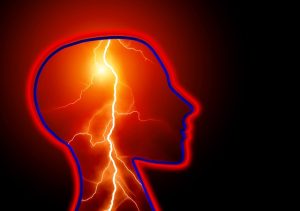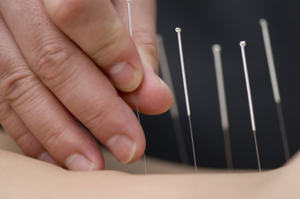
Did you know that some 28-33 MILLION Americans suffer from Migraine headaches (MHA)? MHA is ranked 19th among disability causing conditions by the World Health Organization (WHO). Here are a couple of other interesting statistics:
Migraine is considered a “primary” headache, meaning it is not attributable to any other condition or illness. There are many types and subtypes of MHA. The most common type of MHA is Migraine without aura (aura is a set of sensory precursors, such as a smell or flashing lights in the eyes that the sufferer experiences prior to the onset of the MHA).
The causal mechanism of MHA is poorly understood. Originally, it was believed that the cause was vascular, probably because of the pulsing quality of the pain. Research has shown that although there is some change in bloodflow at the brainstem (base of the brain, just above the spinal cord in the neck), there is no change in bloodflow within the cortex of the brain or surrounding tissues. Current thinking is that MHA is a neurobiologic issue. It is now believed that hyper sensitization of nerve endings within the brain itself are responsible for the initiation of MHA. Thus, attacks originate within the brain. The nerves respond first, thereafter affecting blood flow. The brain is not in itself a pain sensitive structure, but it is where the perception of all sensation (including pain) takes place. Here are a few things that are known:
•The throbbing/pulsing sensation is due to swelling (inflammation) of the brain’s surface blood vessels and it’s covering (dura mater, meninges)
TREATMENT OPTIONS
There are two main types of treatment, prophylactic(preventative), or abortive(interrupts the MHA).
Prophylactic treatment seeks to prevent the onset of MHA. Some common prophylactic choices include:
- Beta blockers (propanolol) affect the blood vessels around the brain
- Anti-seizure meds like topiramate are used to prevent migraines in adults
- Acupuncture
- Chiropractic
- The herb Feverfew
The most common abortive measure includes:

HOW DOES ACUPUNCTURE WORK?
Acupuncture works by increasing circulating levels of endorphins, the body’s natural pain killing chemicals. This reduces pain and prevents the onset of migraine by maintaining a circulating level of endorphins. Acupuncture also provides stress relief! The overwhelming majority of our patients report profound relaxation during and after treatment. This decreases the sensitivity of migraine sufferers to triggers and promotes an overall sense of balance.
Acupuncture involves the insertion of very fine needles at specific points on the body. The majority of the time, this process is painless. The most you might feel is a momentary pinch at the site of needle insertion. This typically passes as quickly as it comes. Once all the needles are inserted, you relax for 20 minutes. For MHA, we use points on the head, arms, neck, back, and legs. Because there are points on both sides of the body, we must do two 20 minute sessions per visit to provide comprehensive treatment.
Each person responds differently, so it is difficult to predict how many visits it will take to effect change. Because we are attempting to prevent a MHA, we will be looking for a reduction in the frequency and intensity of migraines. These factors will influence how frequent your treatment will be and how long the initial trial will last.
To learn more about acupuncture and our other services, please call us or visit our website, www.integratedchiro.net .